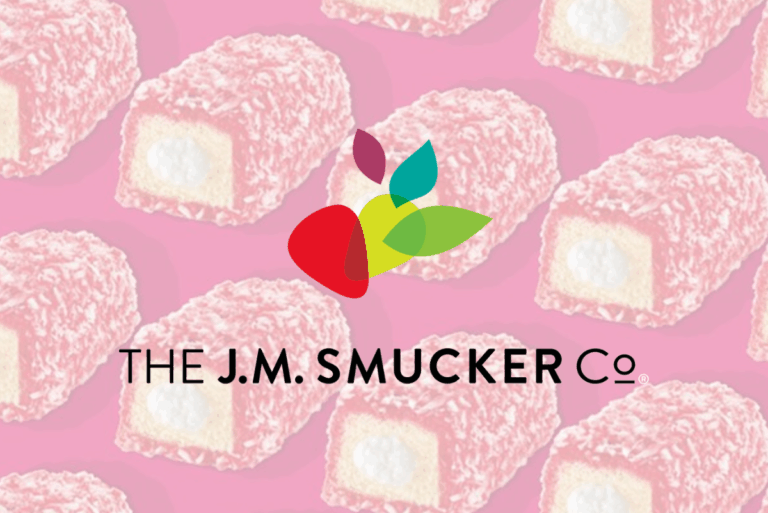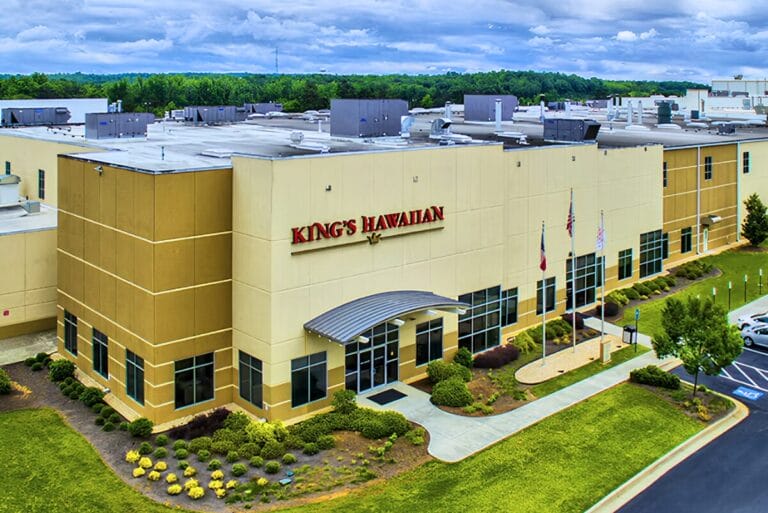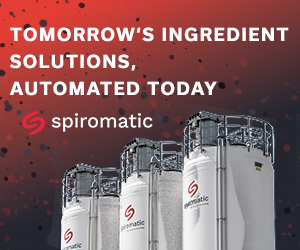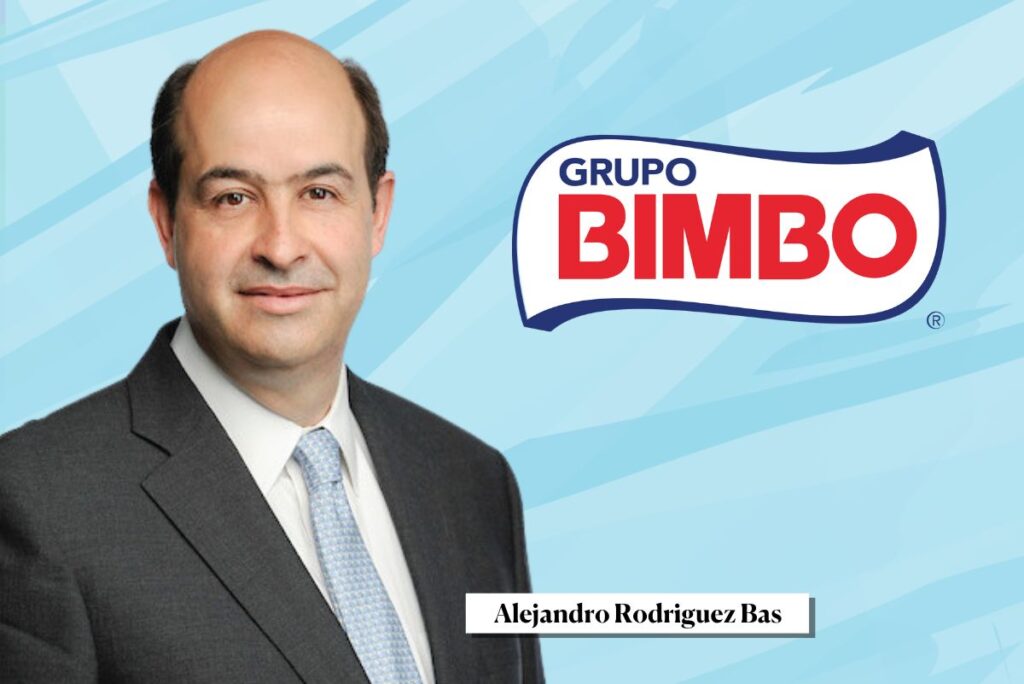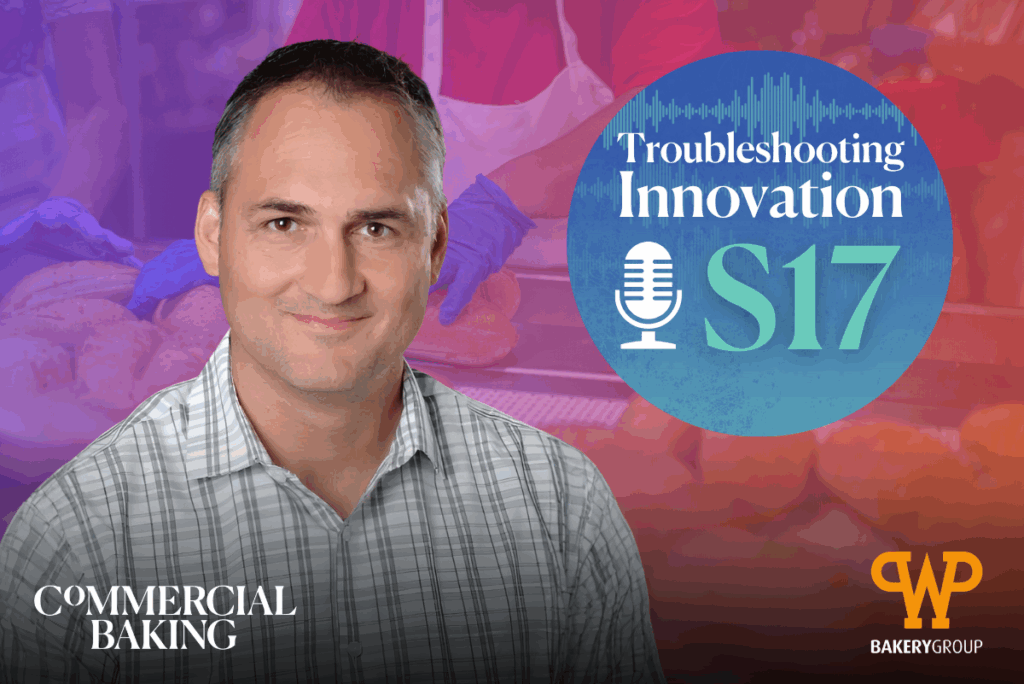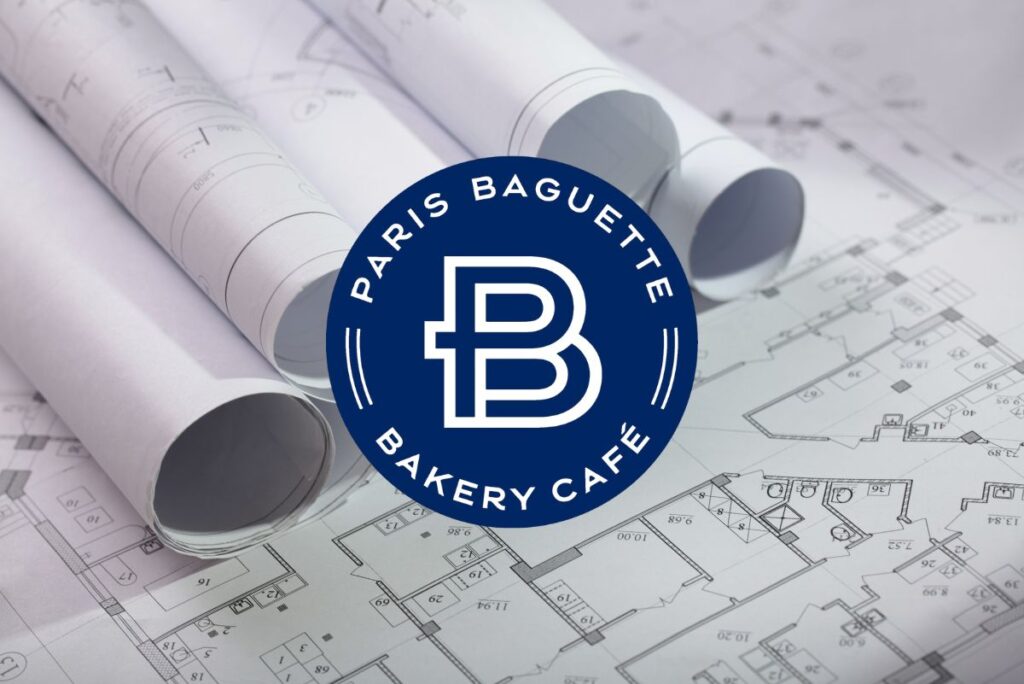LAS VEGAS — Whether it’s expanding a business or investing in new machinery, determining the best strategy for securing financing can be complex.
As part of the recent International Baking Industry Exposition’s education programming, the American Bakers Association, a co-owner of the triennial event, and Secured Finance Network sponsored the session, Financial Strategies in Baking Manufacturing, featuring a panel of three banking industry experts.
To kick off the session, the panelists outlined the four primary revenue-based banking segments:
- Small business | $1 million to $25 million
- Business banking (emerging middle market) | $25 million to $75 million
- Middle market | $75 million to $2 billion
- Corporate banking | More than $2 billion
“All segments offer two types of lending: cash flow and asset-based,” said Bobby Bans, managing director and western region sales manager at Wells Fargo Capital Finance. “With cash flow lending, banks look at your profits before taxes, depreciation and amortization. With asset-based lending, banks lend against your accounts receivable: inventory, equipment, real estate, and in some cases, intellectual property.”
Asset-based vs. cash flow lending
In today’s uncertain economic environment, tariffs and price fluctuations can make it challenging for small-volume bakers to lock in the funding they need.
“If you’re going to survive those types of volatility, you must have a lot of liquidity, whether that’s cash on the balance sheet or availability under your line of credit,” said Michael Scolaro, managing director, head of asset-based lending at BMO Commercial Bank. “On top of that, you must work with the banks to hedge your product and lock in prices. That’s super important.”
When fluctuating costs cause significant earnings swings, Scolaro recommended exploring asset-based lending vs. cash flow lending, especially for low-margin businesses.
“Banks lend on the value of your inventory,” he explained. “Asset-based lending provides the difference between the borrowing base and the loan amount. As long as there’s a surplus, the bank won’t test the covenant every quarter like cash flow lenders will.”


